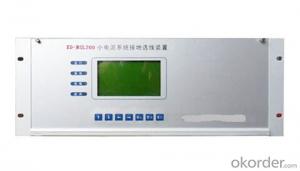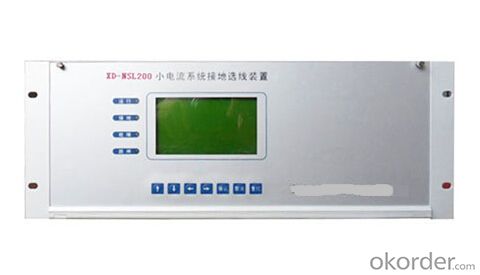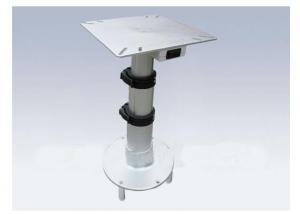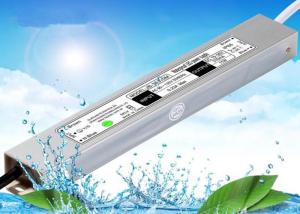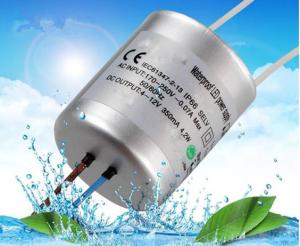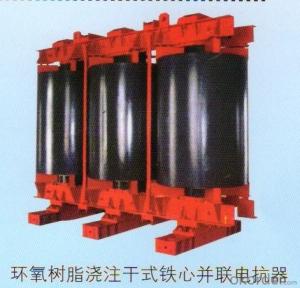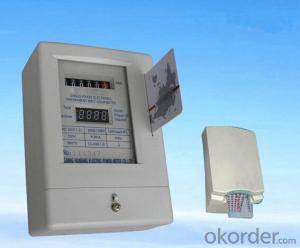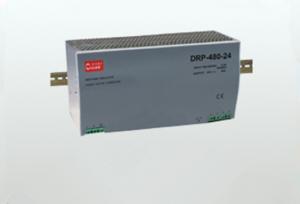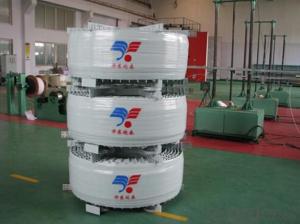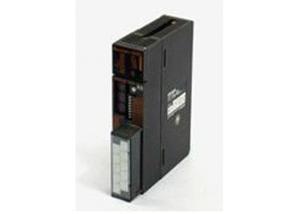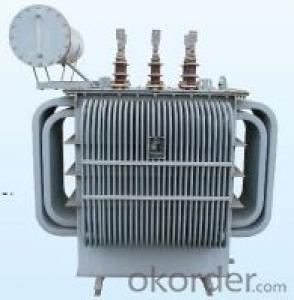XD-NSL200 Grounidng Fault Locator High Quality
- Loading Port:
- Tianjin
- Payment Terms:
- TT OR LC
- Min Order Qty:
- 1 unit
- Supply Capability:
- 30 unit/month
OKorder Service Pledge
OKorder Financial Service
You Might Also Like
Quick Details
| Place of Origin: | HeBei | Brand Name: | CNBM | Model Number: | XD-NSL200 |
| Power: | Electronic | Usage: | Fault Locator |
Packaging & Delivery
| Packaging Detail: | Export and Standard pelican case packing. |
| Delivery Detail: | As per the customer requirement |
Specifications
DIGITRACE DC 361 P Series
Portable DC earth leakage monitoring system
Pinpoints the complex earth faults on any floating DC
Sensing intelligently - Precisely tracking earth leakage in control cables of a DC floating system in power stations
The DIGITRACE series is a compact portable DC Earth fault locator specially designed for use in substations. The DIGITRACE is a technically superior product from TAURUS's R&D standardized after extensive field application & evaluation trials. The DIGITRACE identifies with ease any leakages on a DC floating system. Maintenance staff many a times encounter a maze of noise & other mimicking fault conditions that is confusing hard to distinguish whether it is actual fault leakage or a fault mimicking condition, source of which is perplexing & misleading. The DIGITRACE is designed after thoroughsite evaluation trials & thereby performing smartly amidst a complex floating DC system. A hand held tracer probe guides you to the location of the fault.
Salient features:
series fault wire location device of low current adpots 80C 196 single-chip mirocomputer for analyzing, applicable to 0.38KV~66KV power system of unground or ground via arc-suppression coil as well as via neutral ground resistor. No matter metal grounding, gap grounding, arc flash grounding or accompanied ferromagnetic resonance grounding, it could accurately locate the grounding wire without limit to wire-out way (over-head line or underground cable line)The fault is sensed immediately on connecting the equipment & accurately detected.
Clear indication of the cable which is faulty.
Faults upto 30k Q can be detected. Optionally 0 - 60 k Q/ 0 - 90k Q/ 0 - 400k Q.
Immune to high frequency noise interference & its harmonics.
Faults upto a distance of I km can be detected. Optional - 3 km.
Fault point tracking with a handy fault guide.
Light & portable kit .
Technical specifications
Operating Voltage : 230 V, 50 Hz, Single Phase AC Optional: Battery back up.
Range of fault resistance detection: up to 30/60 / 90 / 400 KQ on both positive and negative
Distance of detection : I km optional 3 km.
Accuracy of pinpointing : Exact spot.
Output : Low frequency coded pulse.
Noise immunity : Immune to 50 Hz noise. Fault finding free from 50 Hz
Disturbance (15 amps)
Transmitter
Power Supply : Built-in rechargeable battery
|
Operating frequency : Very Low Frequency
|
Output Voltage: Auto selected from + 12 V to + 50 V.
|
Can be connected to any floating system from 48 VDC TO 300 VDC
|
CLAMP ON SENSORS
Sensor probe small – 15 sq mm
|
Sensor probe big - 50 sq mm |
RECEIVER Power Supply : Built-in rechargeable battery
|
Calibrated to operating frequency to Transmitter
|
Sensitivity up to 400k d
|
Immune to 50 Hz and its Harmonics
|
Fault tracing up to 1 km (optional 3 kms) |
ACCESSORIES
Transmitter Charge Adapter – 1 no.
|
Two core DCDB positive and negative connecting cable – 1 set
|
Transmitter Earthing cable – 1 no.
|
Sensor probe small (15 sq mm) – 1 no
|
Sensor probe big (50 sq mm) – 1 no
|
Two core connecting cable to connect receiver to sensor probe – 1 set
|
Receiver unit charger – 1 no
|
Instruction Manual- 1 no |
OTHER MODELS
DIGITRACE DC 361P – Fault Location upto 100d DIGITRACE DC 663M – Dedicated kit connected to DCDB permanently. |
- Q: Hey, I am starting my first year in university taking a first year general engineering program. I want to get into bionics and I intend to take bio medical engineering in graduate school. However, I'm not sure which path of engineering I should take to get to my goal. I am aware there is a biomedical degree I could get for my undergrad, but I've heard that a ME or EE degree is better as they allow for more job options as well as allow a chance to be in the biomedical field. I'm confused on which field of engineering I should take to get a better opportunity to work on bionics in the future. Mechanical would appear to be the better choice but the body works with electrical potentials and all that and that seems to fall under the EE catagory. **** also how does the two compare in difficulty?
- I'm in EE and it's fairly difficult. I hear it's one of the harder ones (according to other engineers), but I enjoy it. It's still not TOO hard. I think that both are fairly important, but I believe that presently the big issue is interfacing with the nervous system/brain, so I might lean toward electrical. But then again, the bionic part itself is mechanical, so I think it just boils down to personal preference.
- Q: I have two orange electrical outlets in my dorm and I want to plug things like my lamp, fan, phone charger, etc. into them. Is that safe?
- Yes, the orange receptacle. is for isolated ground use but if you connect a wire from the ground wire to the metal box or other metal parts and also to the green screw on the outlet you have made it like a normal outlet (the ground is no longer isolated).
- Q: 1) Hands when handling electrical equipment. 3 letters, 2nd is r2) Work areas must have 9 letters, 2nd is o, 9th is r3) Treat all chemicals in the lab as 9 letters, 2nd is a, 4th is g, 6th is r, 9th is s4) Ties8 letters, 1st is t, 2nd is i, 3rd is e, 7th is i.
- 3). Dangerous 4). Tiestring (but 9 letters not 8)
- Q: I am currently studying electrical engineering in college but Im considering maybe teaching math for a while. But I wanted to ask what the daily routine is like for an electrical engineer at workThank you
- I am an electrical engineer at the university of texas at austin and I recently interned at L3 as an electrical engineer working with hardware. Basically from what Ive done you really work with testing electrical equipment making sure it works correctly. I worked a lot with multisim, matlab, and other programing/testing devices. You also get to install hardware ocassionally. But most of the time I followed around my mentor and learned what the day to day job required. Had to get a security clearance though.
- Q: i replaced my home theater system thinking it was busted but when i recieved my new one it still had the same buzzing sound i noticed the buzz is in the bedroom too
- No, it really wont help. I'm not really sure what would help this, or what is causing it. If i had to take a guess, it's gotta be the quality of the wires touching each other likely coming out of a small hole in the back of the entertainment center. Honestly, it could be a number of things, and without looking at it, i have no idea. But a surge wouldn't help. a surge is designed to do one thing, detect power surges and shut down before they happen. It's basically exactly like the surge protector box, except designed to detect a smaller surge, and react quicker, to protect valuable electronics. For things like interference, even if the interference is caused by electrical charges in the power supply (which is unlikely in itself), a surge protector would not be able to detect the interference at all because it isnt sensitive enough, or else it would be able to detect it (also not likely) and would simply flip off every time you turned it on because the interference would simply trigger it. over and over again. For this problem you need to attack the interference at the source. where that is, i couldn't tell you.
- Q: I just got a cpu cooling system (fan/heat sinc) the fan stopped working, ive blown it out and it still will not work. I dont feel the need to replace a brand new fan. Any ideas as to what went wrong with it?
- Because new electrical equipment can go bad, they have warranties. Have it replaced! When you reinstall it, do it with Arctic Silver 2 (or higher) heat compound. It will drop the CPU temp by 10C compared to white silicon compound.
- Q: i want to know about latest technical electrical machine used in ship's during sailing.Eigther it may be electricity generator or any other equipment.
- the newest state of the rt electrical systems on large ships are 'podded propulsion; instead of turbines turning propellor shafts, generators supply electricity to motors that are placed in pods outside the ship, under the hull which turn the propellors.go look up 'Queen Mary 2' on the web for details.
- Q: can an odd electrical field produce a link with the energy of those said to be at rest?can a electrical field be contained a directed within ones body.have you ever experienced truelly odd static or electrical fenomena around you?
- Gotta say yes. You can work with energy - moving, purposing. It's been proposed that houses with poltergeist (noisy ghost) activity have a significant source of power nearby and someone in the house is acting as a channel between the energy and the ghost. Some folks have trouble wearing watches, or have electrical equipment go haywire around them.
- Q: I seem to have an adverse affect on computers and electrical equipment. My sheer presence seems to upset them.I'm not a stranger to technology, so it's not me being dim, but more and more often I've crashed supermarket checkouts, I was even sent to the other side of a store by my husband because the computer our details were being loaded on crashed time after time. I walked away and all was well in the world (well the store anyway). My laptop (even with the latest updates) has a mind of it's own sometimes. Coincidence or am I electrically overcharged?
- You must be the illegitimate child Zapdos.
- Q: I am a freshman electrical engineering student and I have been given an assignment in which I have to write a 2 page paper about electrical engineering drawings. The paper has to include specific requirements for drawings in this field of engineering, any standards that are used, and any drawing codes that should be included in a typical drawing.Any help would be greatly appreciated.
- Certain groups like NASA, the US government, etc have specific requirements for all drawing including electrical drawings. Some engineering companies and industrial companies have standards as well. Basically any engineering drawing has to address to tasks to be done, the materials and equipment to be used, the codes and standards to be met, and any specific requirements that are over and above common practice. A specific requirement might be something like stating the color coding for wiring that could be unsual. Look at the results of a simple online search for more information.
Send your message to us
XD-NSL200 Grounidng Fault Locator High Quality
- Loading Port:
- Tianjin
- Payment Terms:
- TT OR LC
- Min Order Qty:
- 1 unit
- Supply Capability:
- 30 unit/month
OKorder Service Pledge
OKorder Financial Service
Similar products
Hot products
Hot Searches
Related keywords
